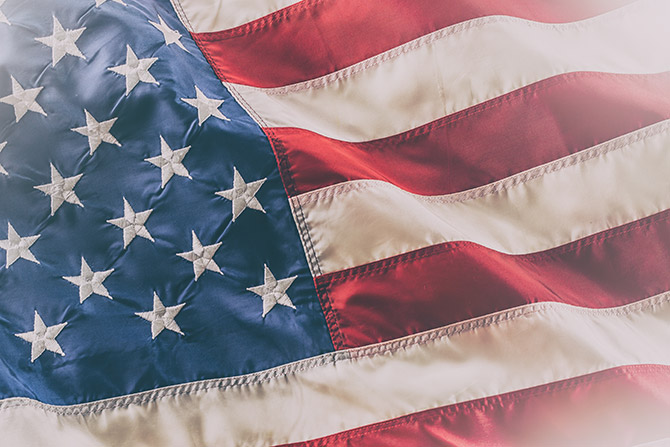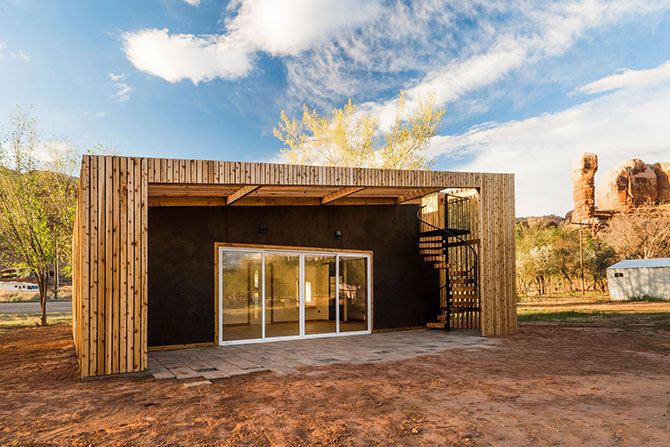Each year, AIA hosts leaders from each component at the AIA Leadership Summit (formerly Grassroots). This conference is an opportunity for the AIA to share the board of directors’ vision, mission and goals with components. It is also a chance for groups from across the country and beyond to share success, discuss challenges and learn how AIA can continue advocating for and advancing the architectural profession.
In my first year attending this event, I found it to be one of the most influential and engaging conferences I have attended. Along with our Utah delegation, which included our President, Chamonix Larson, our Secretary, Natalie Schutt-Banks, our Executive Director, Angie Harris Roberts, and me, we were able to advocate with our legislators, identify opportunities to improve our component and bring more value to our members.
My key takeaways from this event include:
The day on the Hill reminded me of AIA’s value in supporting our profession. We met with Will Mascaro (Legislative Assistant) and Emme James (Legislative Correspondent) from Mike Lee’s office, Alex Yost (Legislative Assistant) from Mitt Romney’s Office, Rebekah Rodriguez (Legislative Assistant) from Blake Moore’s Office and with Rep. Celeste Maloy. We shared three key messages and discussed the value of architecture and architects within our communities.
- Promoting bipartisan legislation by encouraging our leaders to support the Democracy in Design Act (HR 964/S 366), which would ensure local community input in the design of federal buildings.
- Thanking the House of Representatives for passing HR 7024 and urging our senators to extend the tax relief provisions set to expire in 2025 — allowing tax deductions of R&D expenses in the year incurred.
- Discussing the value of architecture and the effort and knowledge needed to design contemporary buildings. We specifically noted that the Department of Defense has increased AE fees to 10% and urged our legislators to support a rule limiting the current 6% fee to only apply to a cost-plus-a-fixed-fee contract.
The work AIA and USGBC advocacy teams are doing to support carbon impact reduction benefits us all. I attended an incredibly informative panel discussion on the opportunities for architects and our clients to take advantage of the Inflation Reduction Act (IRA) funding to support carbon impact investments. Specifically, there are federal funds available in the form of tax incentives for private investment and grants for public investment to fund the following:
- On-site renewables, energy storage, microgrids, EV charging, etc.
- Efficiency upgrades to new and existing commercial buildings, homes, multifamily and public buildings.
- Climate mitigation, environmental justice, coastal resilience, etc.
- Federal green building upgrades and green technology.
- Affordable housing upgrades and implementation of contemporary building energy codes.
- The creation and use of Environmental Product Declarations and the procurement of low-carbon materials.
To learn more, visit https://www.usgbc.org/resources/inflation-reduction-act-buildings-provisions.
AIA has created a thoughtful and supportive framework for design that we should consider for each project. The AIA has been working to define clear, achievable goals to improve communities and use design to impact positive change. The framework includes the following 10 guideposts:
- Good design elevates function and enhances communities.
- Good design positively impacts occupants and the broader community.
- Good design mutually benefits humans and the ecosystem.
- Good design conserves and improves water quality.
- Good design adds value for owners, occupants and the community.
- Good design reduces energy use and improves building performance.
- Good design supports the health and well-being of all people.
- Good design results in durable, safe and healthy projects.
- Good design is resilient and adaptable.
- Good design evolves to reflect current knowledge.
To learn more, visit https://www.aia.org/design-excellence/aia-framework-design-excellence.
While these takeaways are just a tiny portion of the inspiring discussions, they reflect the diverse topics at the summit and the range of priorities for AIA. They also are a great reminder of the value of the work we do each day and the impact we have on our communities. Each of our Utah delegation members found inspiration in our discussions and ways to improve the value of AIA membership for our members, and are excited to continue to improve AIA Utah.








